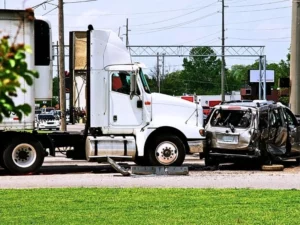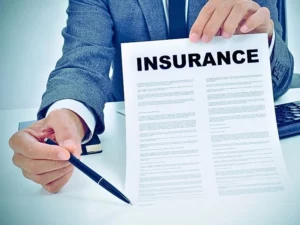On March 19, 2018, a 49-year-old woman was killed in Arizona after being struck by an autonomous vehicle. The car was in a fully autonomous mode meaning all integral components were being operated automatically. However, there was a person in the driver’s seat.

The investigation has begun to uncover evidence that the woman who was struck may have been at fault at stepped into traffic.
It is not unlikely that this will be the last collision or accident involving a self-driven vehicle. You may be wondering who in these situations could be sued. The area is unchartered and developing.
At a minimum, the driver, if one is present, could still be named in a lawsuit. The caveat on self-driven vehicles clearly indicates that the human operator is still responsible to obey the rules of the road, maintain caution for pedestrians and other vehicles, and cannot be wholly reliant upon the automated features. Of course, the driver could push the blame off to the owner/creator of the automated technology, e.g. Google, Uber, etc.
That would lead to a possible second defendant, i.e. the manufacturer of the automated car or the manufacturer or installer of the technology. We are now stepping into the area of products liability where the manufacturer of the product may be liable if reasonable care is not used in the production of the product or strictly liable if the product is inherently dangerous.
Some manufacturers such as Volvo has assumed full liability for accidents caused by its self-driving technology.







